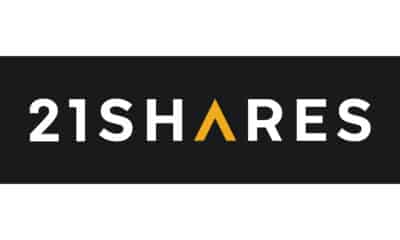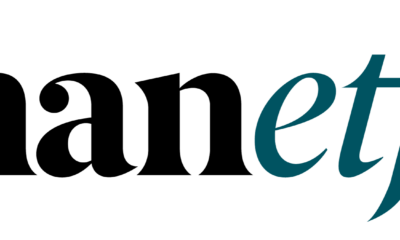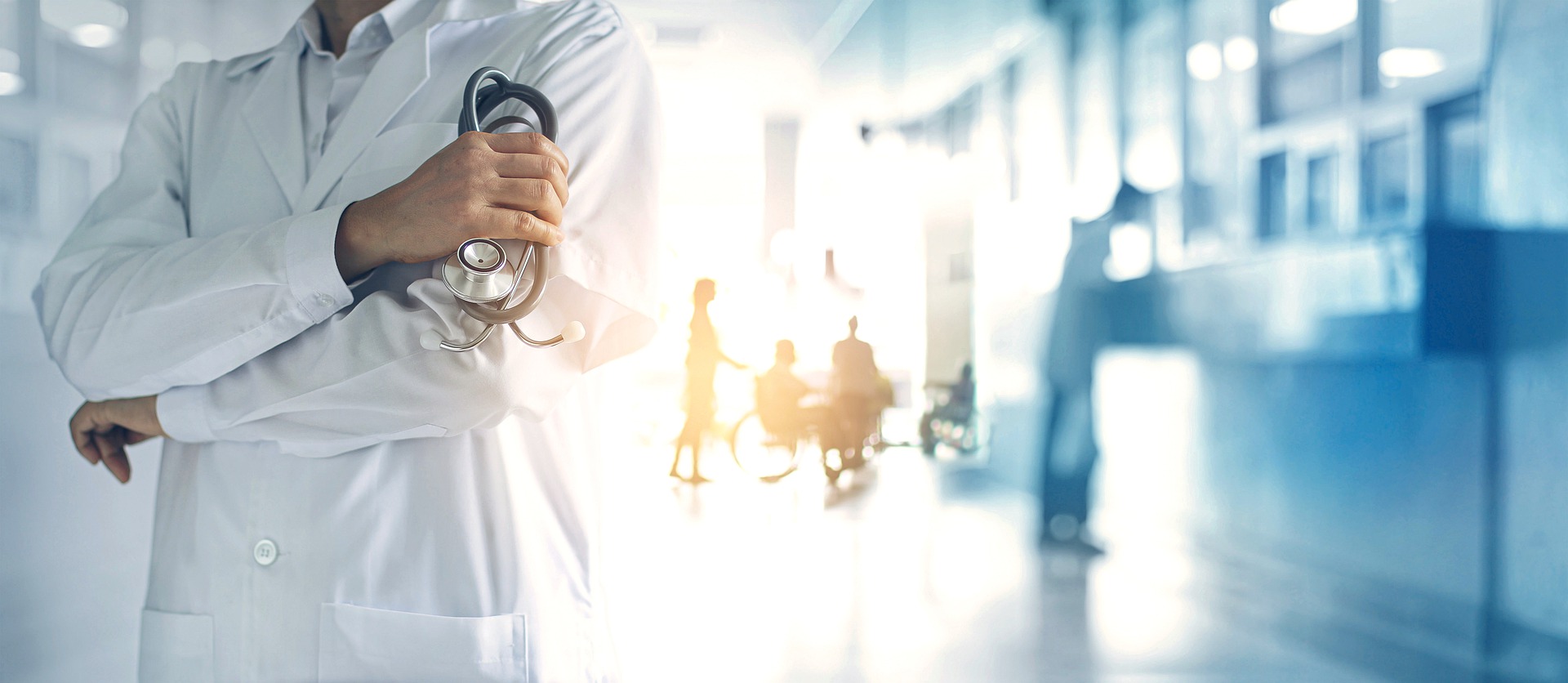ETF Securities Asset Allocation Research – Have your cake and eat it with the contrarian model
- Taking a contrarian view to a traditional reading of key indicators of commodity prices boosts the return of traditional portfolios of commodities.
- Adding a short exposure to the contrarian model allows for drastically lower level of risk, enhancing the Sharpe ratio to 0.8 over a period of 16 years.
- According to our analysis, implementation costs are likely to have minimal impact on the overall portfolio performance over the long and short run.
The contrarian model
In our January paper, How to make the best of commodities: the contrarian model, we discussed the concept of a contrarian strategy being applied to indicators that we view as having the largest impact on commodity prices: momentum, inventories, positioning and roll yield.
A traditional reading of these indicators suggests that if price is above its 200-day moving average, inventories are declining, net positioning is increasing or the futures curve (at the short end) is in backwardation, then this should be price positive.
In contrast, the contrarian model is an asset allocation strategy based on the opposite reading of these four indicators. We have derived five unique portfolios out of the contrarian model: one based on each of the above indicators and a fifth one combining all the indicators called the ETFS contrarian model. In this note, we focus on the results of the combined portfolio.
The long only ETFS contrarian model buys a commodity when all four indicators turn price negative and will hold the commodity until all four indicators become price positive. The model will then sell the commodity or take a short exposure to that commodity in the long short version of the model.
The commodity universe is similar to the constituents of the Bloomberg Commodity Index. Each portfolio rebalances to an equal weighting on a quarterly basis and is composed of individual commodity indices using the Bloomberg Commodity Index family as proxy.
A boost with the long only contrarians
In our January paper, our analysis shows that the ETFS contrarian model and inventories are the best performers, posting an annual return of 10.8% on average since 2000. Positioning and roll yield come next with 7.9% per year while momentum underperforms the other model variants with a return of 4% per year.
(Click to enlarge)
*Long only 3 month forward is the long only version of the ETFS contrarian model composed of Bloomberg commodity single indices 3 month forward. Source: ETF Securities, Bloomberg
The ETFS contrarian model outperformed the benchmark, the Bloomberg Commodity Index 3 month forward. The annual return of the model is double the return of the benchmark index over the past 16 years for similar level of volatility, bettering its Sharpe ratio of 0.24 by more than double (0.60).
A cushion with the long short contrarians
So far we looked at the long only version of the ETFS contrarian model where commodities with indicators having a positive impact on prices are simply removed from the portfolio during the rebalancing period. Shorting these commodities actually reduces the annual return of the ETFS contrarian model from 10.8% to 8.3% over the past 16 years.
Although the annual return is lower as shown in the chart below, the volatility of the long short version is also drastically lower than the volatility of the long only version. Adding a short exposure to the model clearly minimises the impact of events such as the financial crisis in 2008 or the slump in commodity prices since 2011.
(Click to enlarge)
As a result, the Sharpe ratio increases from 0.24 for the commodity benchmark, to 0.60 for the ETFS long only contrarian model due to higher return, and to 0.78 for the ETFS long short contrarian model thanks to higher return and much lower volatility.
(Click to enlarge)
*Long only and long short front month are the long only and long short versions of the ETFS contrarian model exposed to Bloomberg commodity single indices. Source: ETF Securities, Bloomberg
Moving along the futures curves
The total return of an investment into commodities depends on its exposure along the futures curve. The dotted lines in the below chart are portfolios exposed to contracts at the short end of the curve while plain lines are portfolios exposed to the 3 month forward futures contracts, our main focus in this note so far.
(Click to enlarge)
Source: ETF Securities, Bloomberg
While an exposure to front month futures contracts is detrimental to the return of the ETFS long only contrarian model, it actually improves the return of the long short portfolio over the long run.
Efficient also during commodities rout
In this section, we have tested our model over a shorter period, from 2011 to 2016 when commodities were performing poorly and observed similar results: a strong improvement of the Sharpe ratio when implementing the long short version of the ETFS contrarian model.
During these years, the commodity indices were posting an annual return of -11% on average. With the ETFS long only contrarian model, investors were able to reduce the negative return to around -7% and completely erase their loss with the ETFS long short contrarian model. In addition to stronger risk/return ratio, the ETFS long short contrarian model also provides more efficient protection against market downturns.
(Click to enlarge)
*Based on the ETFS contrarian model only. Source: ETF Securities, Bloomberg
The above chart shows that fees are likely to have minimal impact on the contrarian portfolio performance. Portfolios composed of commodity ETPs (exchange traded products), on the right hand side, are priced based on the ETP net asset value (NAV) where management fee, swap fee and licence fee are embedded. We can see that the return of the long short contrarian model is down 70bps compared to the portfolio exposed to the front month commodity indices while there is no visible impact on the long only contrarian model. Execution fees applied to portfolios using ETPs also have negligible impact on performance. This is due to the model rebalancing on a quarterly basis and therefore involving a small number of transactions per year.
To sum up, the contrarian model drastically improves the risk/return profile of a portfolio of commodities over the long and short term. The long only contrarian models tend to outperform long short contrarian models in the long run. However, the benefit of the long short contrarian models is much higher thanks to drastically lower volatility. Between 2011 and 2016, the long short contrarian models also provide an effective protection against commodities rout with implementation costs likely to have minimal impact on the model performance.
For more information contact
ETF Securities Research team
ETF Securities (UK) Limited
T +44 (0) 207 448 4336
E info@etfsecurities.com
Important Information
General
This communication has been provided by ETF Securities (UK) Limited (”ETFS UK”) which is authorised and regulated by the United Kingdom Financial Conduct Authority.

 Nyheter4 veckor sedan
Nyheter4 veckor sedan
 Nyheter3 veckor sedan
Nyheter3 veckor sedan
 Nyheter4 veckor sedan
Nyheter4 veckor sedan
 Nyheter3 veckor sedan
Nyheter3 veckor sedan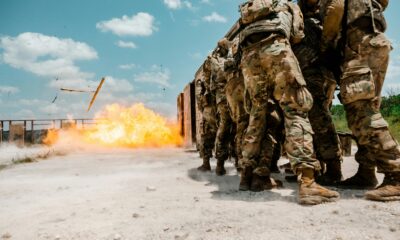
 Nyheter3 veckor sedan
Nyheter3 veckor sedan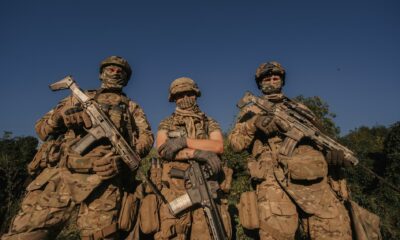
 Nyheter3 veckor sedan
Nyheter3 veckor sedan
 Nyheter3 veckor sedan
Nyheter3 veckor sedan
 Nyheter2 veckor sedan
Nyheter2 veckor sedan









